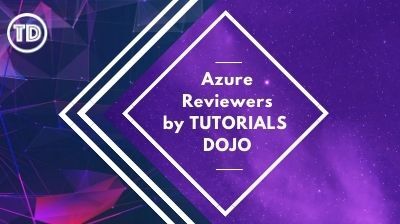Last updated on June 23, 2023
What is Amazon Managed Grafana?
-
A data visualization service for querying, correlating, and visualizing operational metrics, logs, and traces from multiple sources.
-
Create dashboards and visualizations to analyze metrics, logs, and traces without having to build, package, or deploy Grafana servers.
-
All logical Grafana server deployment, setup, scaling, and maintenance are handled by AWS.
-
Integrated with the following AWS data sources:
Amazon Managed Grafana Components
-
Workspaces
-
A logically isolated Grafana server.
-
User authentication method for workspaces is through:
-
SAML 2.0
-
AWS IAM Identity Center
-
-
Each Region can have up to five workspaces.
-
Supports Grafana HTTP APIs
-
You can create permissions and policies to manage the workspace’s data sources and notification channels.
-
When you delete a workspace, the following items are also removed:
-
Dashboards
-
Data source configuration
-
Alerts
-
Snapshots
-
-
-
A user may only have one of three roles: Admin, Editor, or Viewer.
-
Teams
-
Allows you to grant permissions to a group of users.
-
Using team sync, you can automatically synchronize team membership between Grafana workspace and authorization provider.
-
-
A user can be associated with the following permission:
-
Grafana admin
-
Membership in a team
-
Specific folder or dashboard
-
Data source
-
-
Data sources
-
You can combine data from various data sources into a single dashboard.
-
TestDB – a built-in data source to generate random walk data for testing and experiments.
-
Mixed – allow you to query multiple data sources in the same panel.
-
Dashboard – useful for a result set from another panel in the same dashboard.
-
Supports built-in or Grafana Enterprise data sources.
-
-
Panel
-
A visual representation of one or more queries.
-
Each panel contains a query editor that can be used to extract a visualization to display on the panel.
-
Recorded queries enable you to take a snapshot of a data point on a set interval.
-
-
Transformations allow you to rename fields, join separate time series together, and perform math across queries.
-
A field represents a single time series or table column.
-
Field options – allow you to change the way data is displayed in your visualizations, and changes are applied to all fields.
-
Field overrides – apply only to specific fields.
-
-
Create reusable panels using library panels.
-
-
Dashboard
-
Consists of one or more panels and is arranged into one or more rows.
-
Annotations are used to display event data across multiple panels.
-
To organize and group your dashboards, use folders.
-
A playlist is a collection of dashboards that are displayed in a specific order.
-
A dashboard snapshot allows you to quickly share an interactive dashboard publicly.
-
-
Explore removes dashboard and panel options so that you can concentrate on performing queries to view your data.
-
Links lets you create shortcuts to the dashboard, panel, and data.
-
Alert rules and notification channel helps you identify problems in your system moments after they occur
Amazon Managed Grafana Security
-
Centrally manage data source configuration and permission settings for multiple AWS accounts using AWS Organization
-
You can configure organizational units to make their AWS data sources visible in the primary account.
-
Uses CloudFormation StackSets to automatically create IAM roles for connecting to data sources.
-
You need to create an API key for authorization in order to use Grafana APIs in the Amazon Managed Grafana workspace.
Amazon Managed Grafana Pricing
-
You are charged based on the active user license per workspace.
-
You are charged per active editor or administrator user per workspace in the Grafana Editor license.
-
You are charged per active user per workspace in the Grafana Viewer license.
-
You are charged per active API user in the Grafana API user license.


















